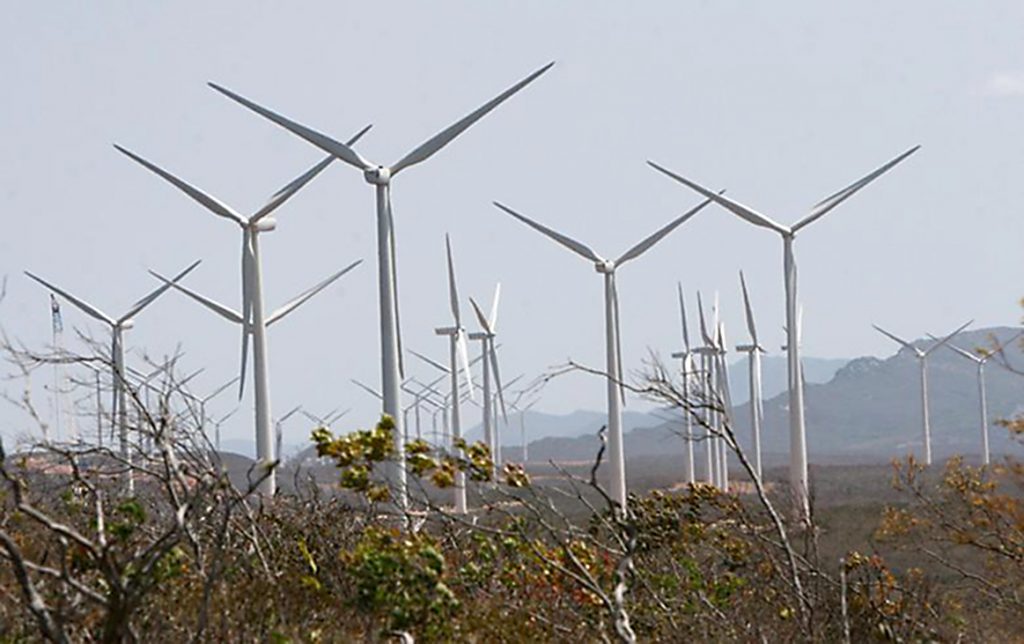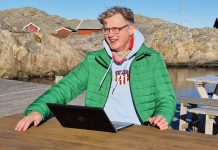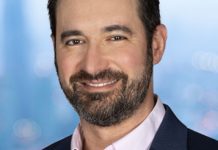What’s a typical day like for you at ArcVera?
It varies a lot, depending on the project in question that’s going on at the time. But, in a typical day, it’s a mixture of project work, typically analysis, either data analysis or other information analysis for clients, and then internal work, trying to apply what we’ve learned to make our internal processes better, and offer new things that our clients want.
We’re always trying to learn from the industry and learn some information and see what’s new that people haven’t thought of that may be relevant either now or a few years in the future, and try to improve what we can offer to fit that.
What does ArcVera offer the wind industry?
As we’re primarily a consulting organization, and a small but full-service consulting organization, we’re mostly focused on developer and investor clients, helping them understand projects so they can make good decisions. We help them understand how new projects are likely to operate and how to operate their existing ones better.
What drew you to ArcVera?
A lot of it was a combination of the size of the organization, the flexibility of the organization, and the level of experience of the other members of the organization. I’d been in large, bureaucratic, inflexible companies in the past, and it’s often hard to do things, and in some cases hard to give good products to clients when you’re in an organization that’s too large and too slow to move. ArcVera is small, but everyone involved has been in the industry for quite a while, and we’re able to provide our clients with results that sometimes large organizations would have a lot of trouble doing.
How did your previous experience help prepare you for this position at ArcVera?
I’ve been in the wind industry for quite a while now. I started in 2000 at a small consulting organization that became a very large one. So, I’ve been in a similar spot in a small but growing company. Also, more recently, I’ve been on the other side of the business working for a large owner-operator. I’m returning to where I started and have seen it from a couple of different sides now. I have the experience of being with a small organization that’s gone through growing pains and can help ensure the organization stays on track as it grows.

What do you hope to accomplish for the wind industry through your new position with ArcVera?
I think the one thing that has been a consistent theme throughout my time in the industry is that there are always lessons to learn. There’s a tendency for people to focus on what the industry looked like a few years ago. In the amount of time it takes to learn what the wind is on site or how a specific turbine model operates or how best to operate a project, a lot of those things are based on information that’s from projects that are several years old, and a lot of the time people don’t think of how that’s going to change over time.
We’re seeing a big change now with higher hub heights and larger turbines. I think what we want to do, and what ArcVera focuses on, is not apply lessons to what we know from projects five years ago, but what they’re going to be like five years from now. Industry should be looking at how the meteorology is different at higher heights, how turbines will operate in different climates, and applying that also on a worldwide scale. We should be figuring out what we can learn and take away from what we’ve seen in the U.S. and apply it to wind projects in other developing countries.
Any particular challenges that you’ve already tackled at ArcVera in the wind industry?
This goes to my comment about industry focusing on the past. I think that there are so many projects that the industry hasn’t solved, just because, by the time they’ve been solved, they will have changed for the next set of projects.
So, I think the challenges that are most interesting — and that will continue to change — are things like wake effects and turbine power performance. They’re interesting because I don’t think they’re ever fully solved. As turbines change and they’re put in different locations, different wind regimes, there’ll always be something else to learn. The trick is figuring out what it is that we don’t know. Those are the types of issues I’ve always been most intrigued by and spent the most time studying.
How do you look into that crystal ball, if you will, and see what to expect on a project, and not rely on older data that may be obsolete?
A lot of it is that sometimes there’s a focus on, for example, looking at meteorological data, of looking just at a single project data set. But what we’re beginning to learn now is, there are so many projects, and so many different sources of data, that we see things that present larger patterns. We’re getting more data from devices like Lidar that measures 200 meters up into the atmosphere. They’re starting to tell a story that we can extrapolate and start using to inform our judgments about an entire region, if it’s the Great Plains, or Texas, or wherever.
We’re making interpretations from those, and changing how we do things, like flow modeling or wake modeling. In some cases, it is a bit of a guess or a look into a crystal ball, but I’d like to think it is more of an interpretation of a large body of data and educated guesses.
Moving beyond that, where do you see wind in the next 10 to 20 years, and ArcVera’s place in that future?
There’s not going to be any slowdown when you look over a long period. There’ll be different countries, different individuals, and there’ll be pushbacks, obviously with the end of the PTC coming up in the U.S. that will slow things down. There’s a consensus worldwide that renewables are the way to go, not just because of issues like climate change, but because they are the cheapest way to produce electricity.
It’s more that we’re going to expand into new places, to have new challenges, whether it’s in other countries that may not have the same infrastructure, or may not have the same types of information available, meteorological data or performance information, things like that. There will be all of those issues that we’ve figured out in the U.S., that we’ll then have coming up again in other parts of the world. ArcVera has a strong presence around the world, so we’re well suited to help with the growth of renewable energy as it continues to expand on all of the continents.
But, here in the U.S., I think it’ll just be continued growth in certain areas, and in some cases there’ll be new challenges, as projects go into more densely populated areas, and different concerns from landowners and nearby residences, or just into areas that people haven’t looked at for wind. Because up until recently, it hasn’t been economically viable in the Southeast, for example. We’ll start going into places like Arkansas and the Carolinas where there will continue to be interesting new challenges, and it will just be from continued growth.
Do you consider U.S. offshore the next big thing here?
Looking out 20 years, I can’t see that the U.S. will have the same density of offshore as, say, offshore in the U.K. or in the North Sea. But it’s a thing that’s coming.
More info: www.arcvera.com




























